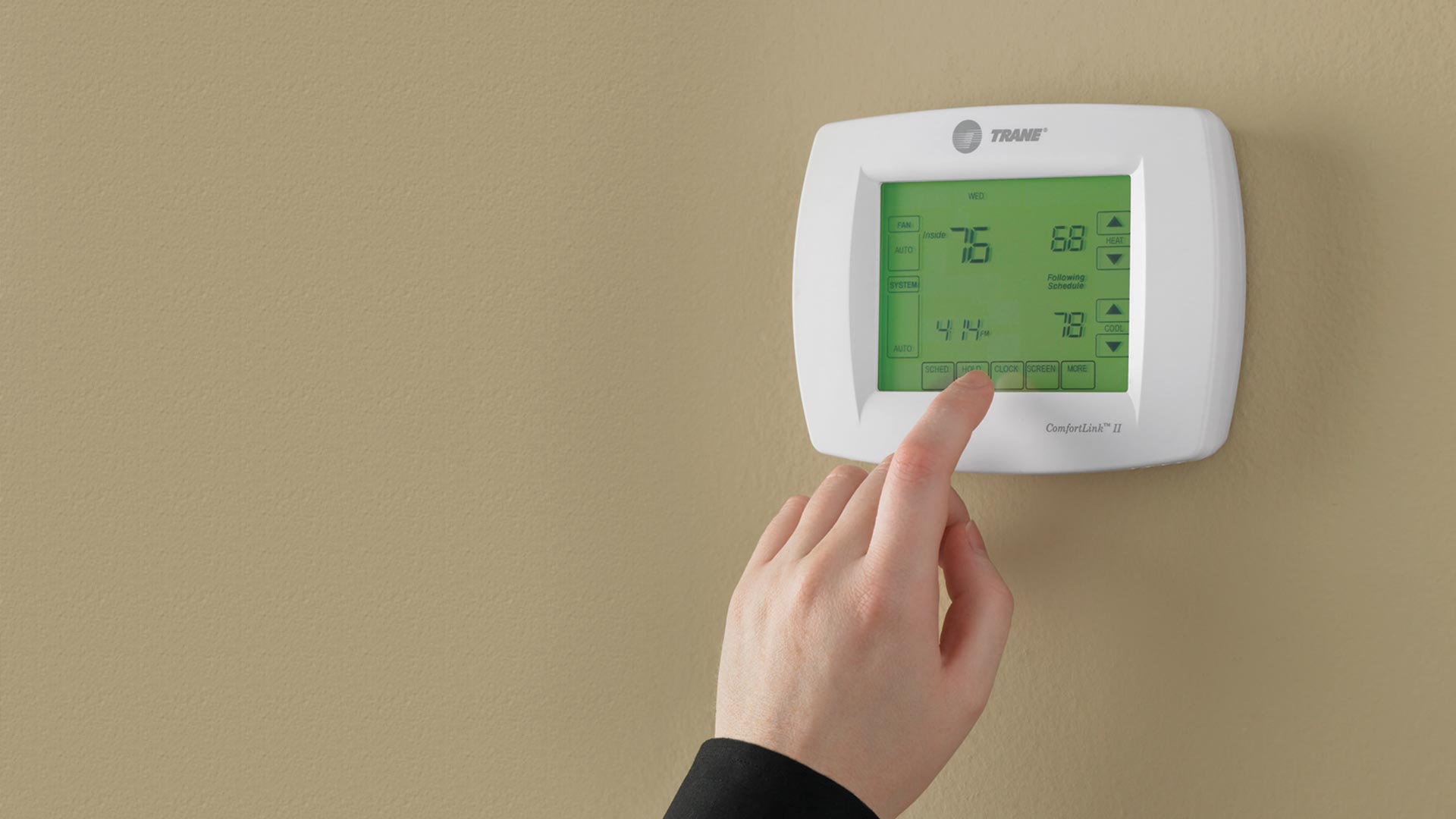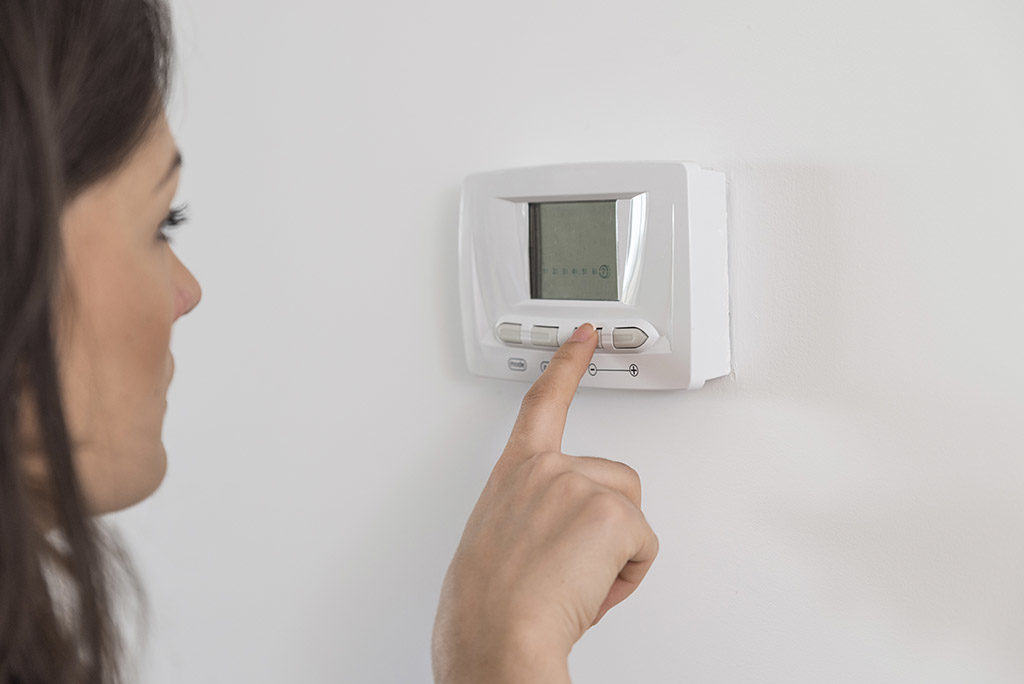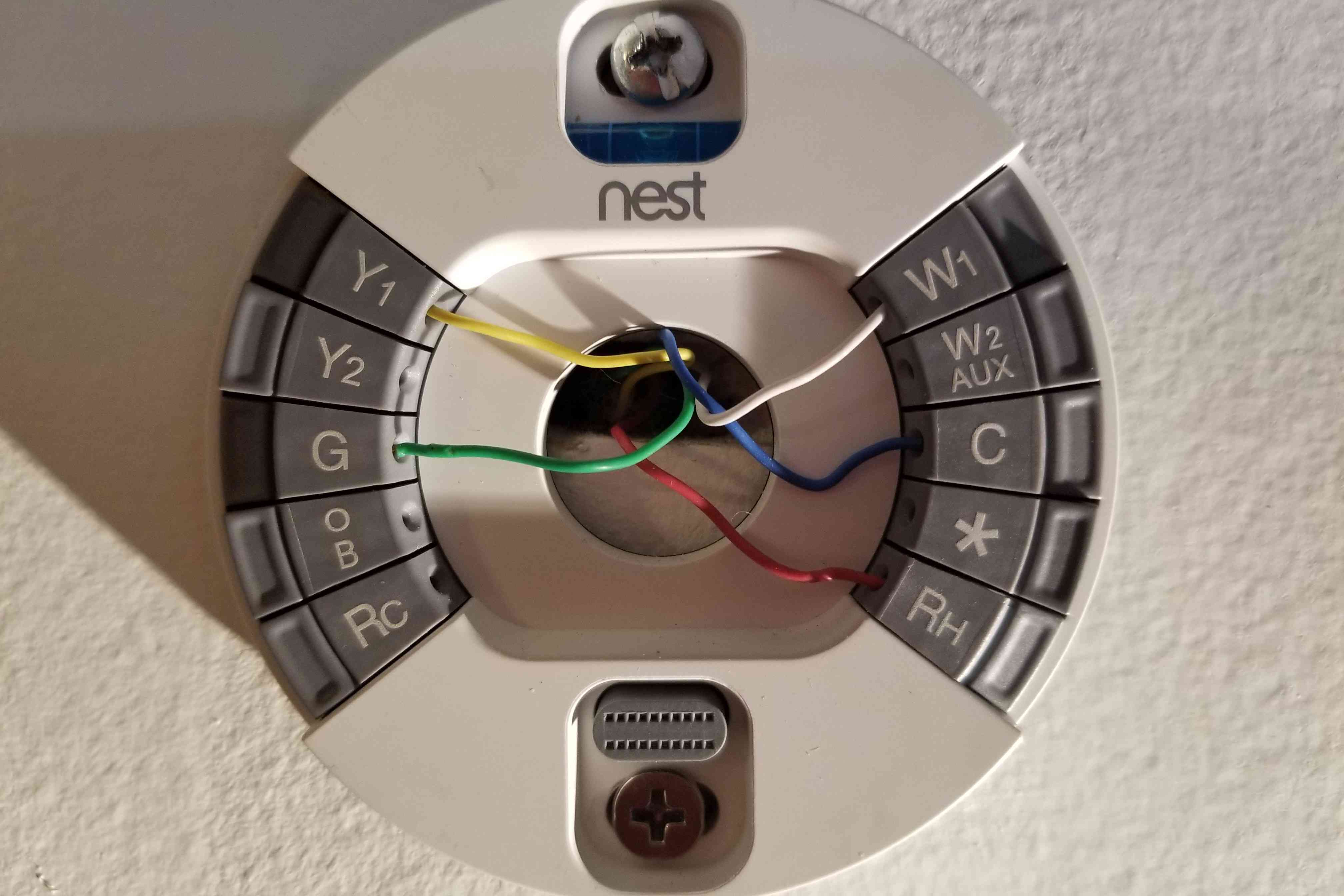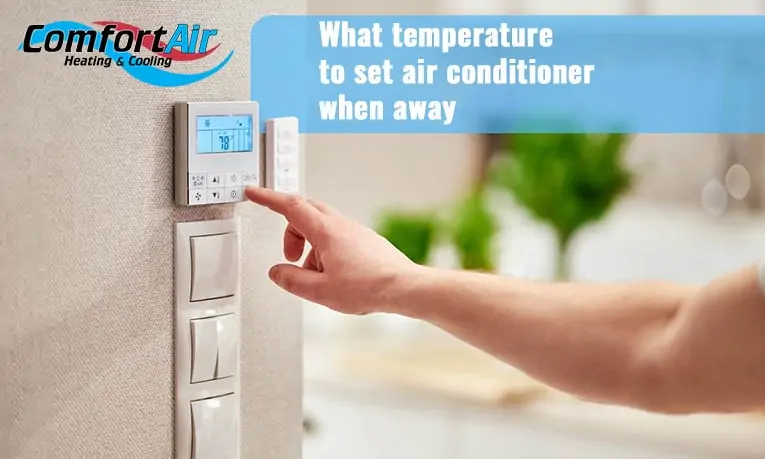How To Set An Air Conditioner Thermostat

Setting your air conditioner thermostat correctly is essential for maintaining a comfortable home environment, saving energy, and extending the lifespan of your AC unit. This guide will walk you through the process, explaining different thermostat types, settings, and best practices.
Understanding Your Thermostat
Before diving into specific settings, it's crucial to understand the basics of your thermostat. There are two main categories: non-programmable and programmable thermostats. Within programmable thermostats, you'll find various sub-types including smart thermostats.
Non-Programmable Thermostats
These are the simplest type. They have a dial or buttons to set a single temperature. You adjust the temperature manually whenever you want to change it. Think of it like a volume knob on an older radio – simple but requiring constant attention.
Programmable Thermostats
These thermostats allow you to set different temperatures for different times of the day or days of the week. This is great for automatically adjusting the temperature when you're away at work or asleep, saving energy. Programmable thermostats come in several variations:
- 7-day programmable: Allows you to set a unique schedule for each day of the week. This is ideal if your schedule varies significantly from day to day.
- 5-2 day programmable: Lets you set one schedule for weekdays (Monday-Friday) and another for the weekend (Saturday-Sunday). Good for those with consistent weekday and weekend routines.
- 5-1-1 day programmable: Offers a weekday schedule, a Saturday schedule, and a Sunday schedule. Provides slightly more flexibility than the 5-2 day model.
Smart Thermostats
These are the most advanced type. They connect to your home's Wi-Fi and can be controlled remotely via a smartphone app. They also learn your preferences over time and automatically adjust the temperature to optimize comfort and energy efficiency. Many smart thermostats also integrate with other smart home devices and can provide energy usage reports. They often include features like geofencing (adjusting the temperature based on your location) and voice control.
Essential Thermostat Settings
Regardless of the type of thermostat you have, several key settings need consideration:
Temperature Setting
This is the most obvious setting. It's the temperature you want your home to be. The ideal temperature depends on your personal comfort and the time of year. During the summer, most experts recommend setting your thermostat to 78°F (26°C) when you're home. While you’re away, you can raise the temperature a few degrees to save energy. For every degree you raise the thermostat (within reason), you can save 1-3% on your cooling costs.
Fan Setting
Your thermostat likely has fan settings like "Auto," "On," or sometimes "Circulate." Understanding the difference is important.
- Auto: The fan only runs when the AC unit is actively cooling. This is generally the most energy-efficient option because the fan isn't constantly running.
- On: The fan runs continuously, regardless of whether the AC is cooling or not. This can help to circulate air and even out the temperature throughout your home, but it will use more energy. It can also be beneficial if you have allergies as it continuously filters the air (assuming you have a good air filter).
- Circulate: This setting runs the fan intermittently, even when the AC isn't cooling. It's a compromise between "Auto" and "On," providing some air circulation without the constant energy draw.
Mode Setting
Most thermostats have different modes, including "Cool," "Heat," "Off," and sometimes "Auto" (which automatically switches between heating and cooling depending on the temperature). Ensure your thermostat is set to "Cool" during the summer.
Hold vs. Run Program
This setting is only relevant for programmable thermostats. "Run Program" tells the thermostat to follow the programmed schedule. "Hold" allows you to override the schedule and maintain a single temperature until you release the hold. Some thermostats also offer a "Temporary Hold," which maintains the override temperature for a specified period (e.g., a few hours) before reverting to the programmed schedule.
Programming Your Thermostat for Energy Efficiency
If you have a programmable thermostat, taking the time to program it correctly can significantly reduce your energy bills. Here's a general strategy:
- Identify your daily schedule: Determine when you're typically home and away during the week and on weekends.
- Set higher temperatures when you're away: Raise the thermostat by 7-10°F (4-6°C) when you're out of the house. This can save you up to 10% on your cooling costs.
- Adjust the temperature before you wake up and come home: Program the thermostat to start cooling your home about 30 minutes to an hour before you usually wake up or arrive home. This way, your home will be comfortable when you need it to be, without wasting energy cooling an empty house.
- Lower the temperature while you sleep: Some people find it comfortable to sleep in a slightly cooler room. If so, program the thermostat to lower the temperature a few degrees at night.
Example Schedule:
- 7:00 AM: 72°F (22°C) (When you wake up)
- 8:00 AM: 78°F (26°C) (When you leave for work)
- 5:00 PM: 72°F (22°C) (When you arrive home)
- 11:00 PM: 75°F (24°C) (When you go to sleep)
Remember to adjust this schedule based on your personal preferences and your home's specific characteristics. Older homes may require more time to cool down than newer, well-insulated homes.
Troubleshooting Common Thermostat Issues
Even with a properly set thermostat, you may encounter some problems.
Inaccurate Temperature Readings
If your thermostat displays a temperature that doesn't seem right, there are a few possible causes:
- Placement: The thermostat may be located in a spot that's affected by direct sunlight, drafts, or nearby appliances. Relocating the thermostat to a more central and representative location can help.
- Calibration: Some thermostats can be calibrated. Check your thermostat's manual to see if this is an option.
- Faulty sensor: The thermostat's temperature sensor may be malfunctioning. In this case, you may need to replace the thermostat.
AC Unit Not Turning On
If your AC unit isn't turning on, even though the thermostat is set to "Cool" and the temperature is higher than the setpoint, check the following:
- Power: Make sure the AC unit has power. Check the circuit breaker.
- Thermostat settings: Double-check that the thermostat is set to "Cool" and that the temperature is set low enough.
- Air filter: A dirty air filter can restrict airflow and cause the AC unit to overheat and shut down. Replace the air filter regularly (every 1-3 months, depending on usage).
- Refrigerant Leaks: Think of refrigerant as the 'blood' of your AC system, carrying heat from inside to outside. A leak reduces the unit's capacity to cool, ultimately preventing cooling if the level becomes too low. Call a professional immediately to address the leak.
Short Cycling
Short cycling occurs when the AC unit turns on and off frequently, without running for a reasonable amount of time. This can be caused by:
- Oversized AC unit: An AC unit that's too large for your home can cool the space too quickly and then shut off prematurely.
- Dirty air filter: Again, a restricted airflow can cause the unit to overheat and short cycle.
- Refrigerant Issues: As noted above, low refrigerant can prevent efficient cooling and lead to cycles that are much shorter than normal.
Tips for Maximizing Energy Savings
Beyond simply setting your thermostat correctly, here are some additional tips for maximizing energy savings:
- Use ceiling fans: Ceiling fans can help to circulate air and make you feel cooler, allowing you to set your thermostat a few degrees higher.
- Seal air leaks: Seal any cracks or gaps around windows and doors to prevent conditioned air from escaping.
- Insulate your home: Proper insulation can help to keep your home cool in the summer and warm in the winter, reducing the amount of energy you need to use for heating and cooling.
- Close curtains and blinds: During the hottest part of the day, close curtains and blinds to block out sunlight and prevent your home from overheating.
- Regular maintenance: Schedule regular maintenance for your AC unit to ensure it's running efficiently. This includes cleaning the coils, checking the refrigerant levels, and inspecting the ductwork.
Choosing the Right Thermostat
If you're looking to upgrade your thermostat, consider the following factors:
- Your budget: Thermostats range in price from basic non-programmable models to advanced smart thermostats.
- Your technical skills: Smart thermostats can be more complex to install and configure than basic models.
- Your energy-saving goals: If you're serious about saving energy, a programmable or smart thermostat is a good investment.
- Your smart home ecosystem: If you already have other smart home devices, consider a smart thermostat that integrates with your existing system.
By understanding your thermostat and following these tips, you can create a comfortable and energy-efficient home environment.










